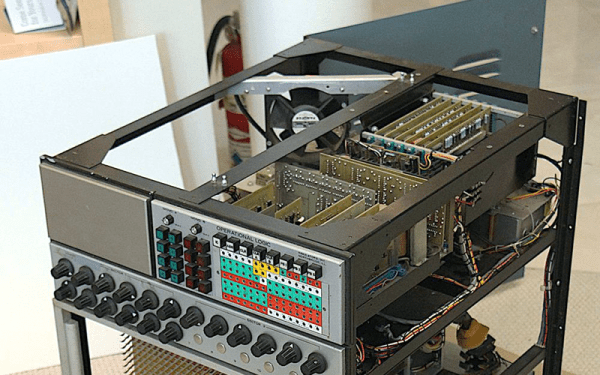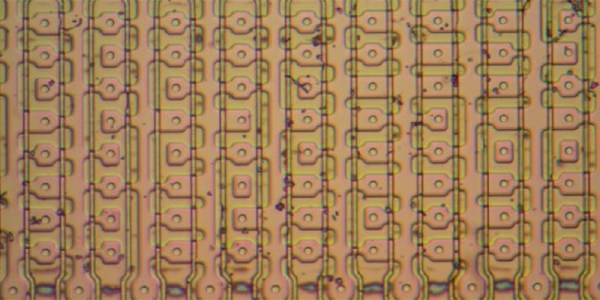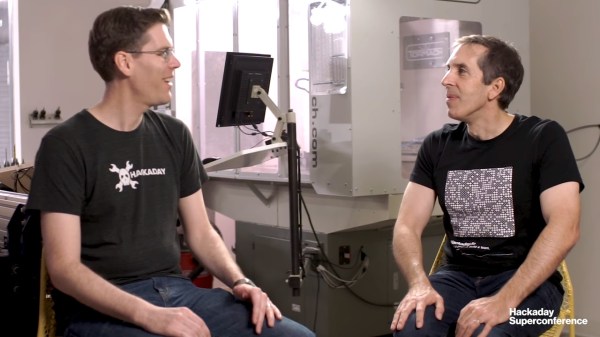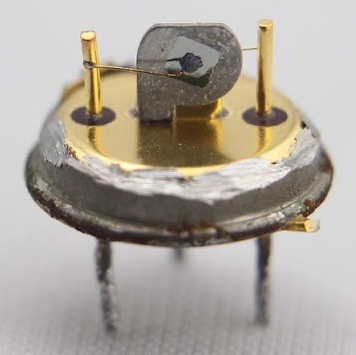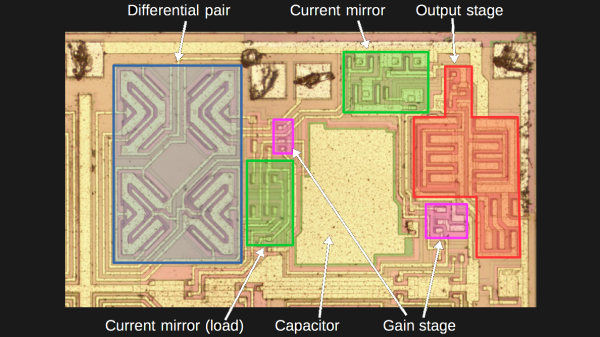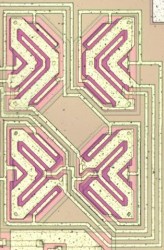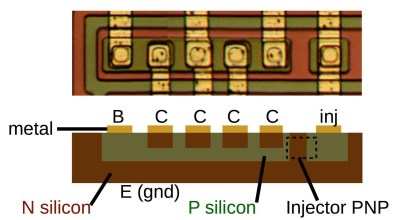Today, most of what we think of as a computer uses digital technology. But that wasn’t always the case. From slide rules to mechanical fire solution computers to electronic analog computers, there have been plenty of computers that don’t work on 1s and 0s, but on analog quantities such as angle or voltage. [Ken Shirriff] is working to restore an analog computer from around 1969 provided by [CuriousMarc]. He’ll probably write a few posts, but this month’s one focuses on the op-amps.
For an electronic analog computer, the op-amp was the main processing element. You could feed multiple voltages in to do addition, and gain works for multiplication. If you add a capacitor, you can do integration. But there’s a problem.

